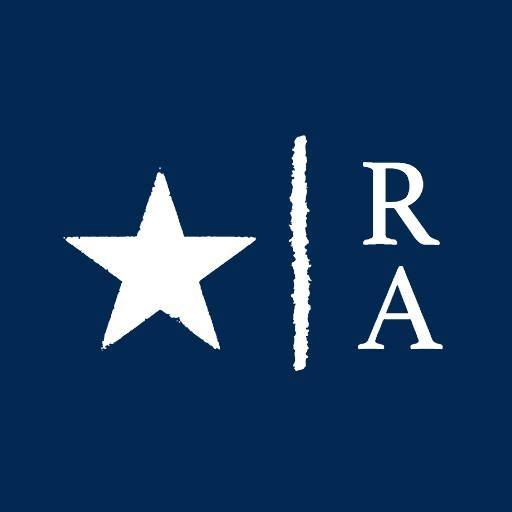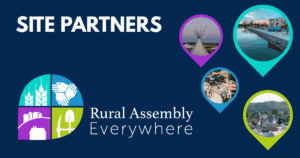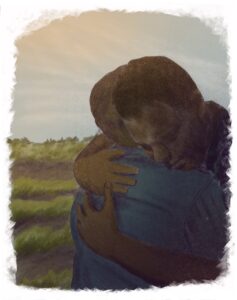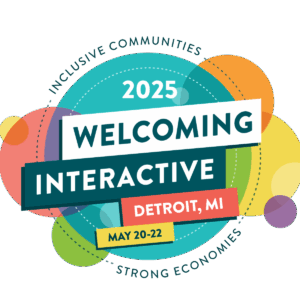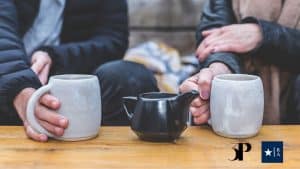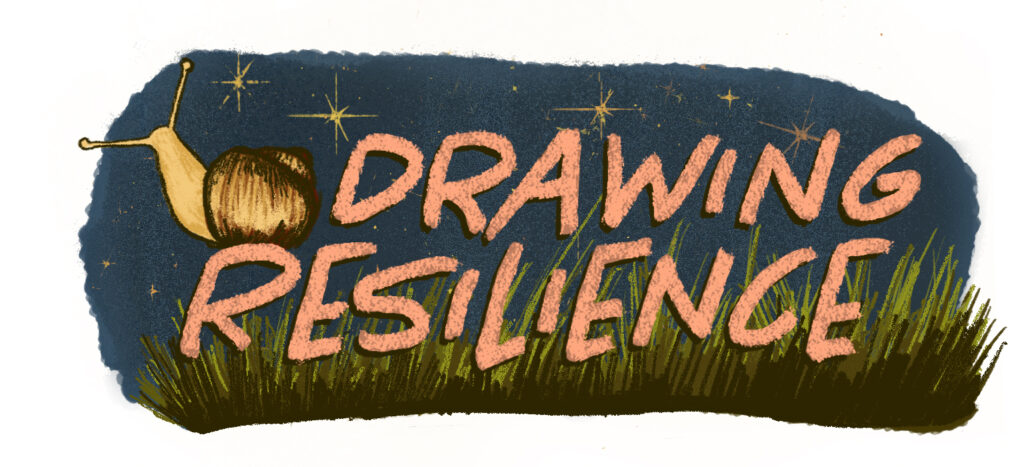
Drawing Resilience: Kendra Pospychalla
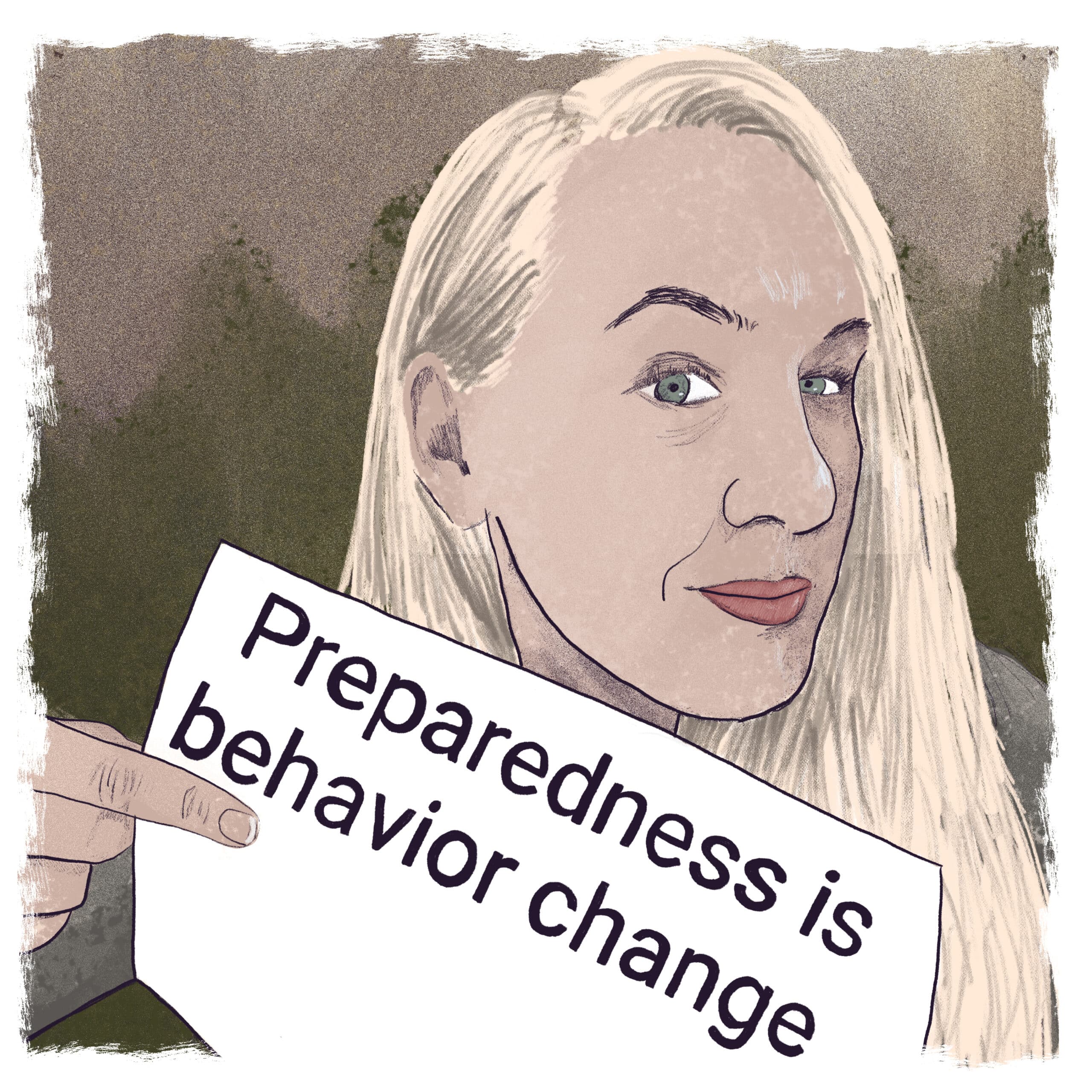
Illustrations and interview by Nhatt Nichols
This month we took a more practical look at resilience by speaking with Kendra Pospychalla, a U.S. Marine Corps veteran with a decade of experience in disaster management. She specializes in designing disaster-related service programs and response plans. Kendra currently works for the Local Initiatives Support Corporation (LISC) as the Director for Disaster Solutions, where she advises rural community and economic development organizations and local governments in their disaster-related efforts.
NN: I've been reading about the organization that you work for (Local Initiatives Support Corporation) and what you do, and it seems like you probably have a lot of opinions about resiliency.
KP: Opinion is a good word. When everyone says resiliency, it can mean anything. It could be building social networks in the community or it could be reversing deforestation. It’s very big, so it became very challenging in that regard.
NN: I mostly hear the word resiliency around the idea of preparedness. For me, this is a community building and resource sharing word, which I like. I also feel like it puts the onus on people who may have limited resources. And that's not fair or reasonable.
KP: Preparedness is everyone’s responsibility, it’s the individual, it’s the community, it’s the government, it’s the businesses, everyone. The world is a complex system where everything is interdependent.
There is a big argument in the disaster science field that resiliency is much more social than it is anything else. Research has shown that the connections we have with other human beings have more influence on our ability to be resilient than almost any other variable. You can’t talk about physical infrastructure, like more resilient bridges and energy sources, without talking about society and civic engagement. It’s almost like the resilience of your infrastructure is actually more dependent on social networks in the community than vice versa.
Arts and culture help give people a sense of belonging in their community. It gives community members the opportunity to portray their community in a way that is reflective of their values and interests. The research shows that the more people feel like they belong, the higher civic engagement is. You see less trash on the ground, less graffiti, less crime and violence. You’re going to take care of a place that you feel like takes care of you.
In the disaster context, this means people looking out for each other have a higher amount of resilience. It also means that they’re more likely to advocate in their communities for things that will make the community a system. In disaster science, they say that a community’s risk is based on three variables. Vulnerability, resilience, and exposure to hazards.
There are no natural disasters because all disasters are essentially products of either climate change or social systems of inequality. And the social systems of inequality are what produce vulnerabilities. Disasters expose and exacerbate those vulnerabilities.
In rural areas, you see this more than in urban ones; people have closer connections within their community, so even though rural areas may have more vulnerabilities, they traditionally have higher resilience because of their social connections.
NN: Since the pandemic, I’ve seen more people engaging in mutual aid. Watching individuals understand the need for resources and communication has been really heartening.
KP: I always think of it as Stone Soup. You can have very few resources, but if everybody pitches in together it’s better. And not just from a community perspective, but also from a mental health perspective. It’s proven your social relationships will make you more resilient.
Get this and other rural content in your inbox with the Rural Assembly newsletter.
